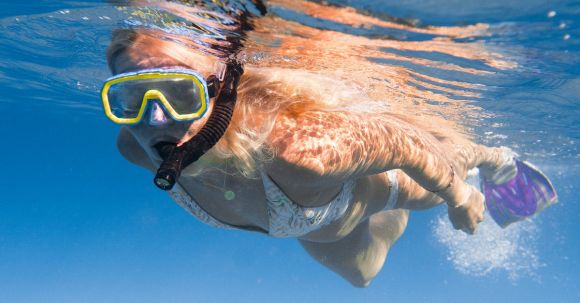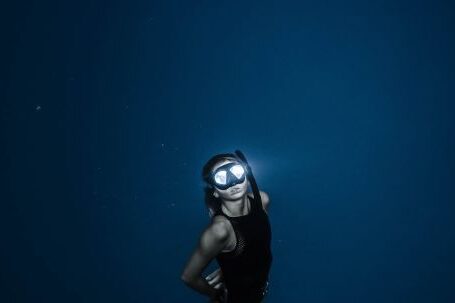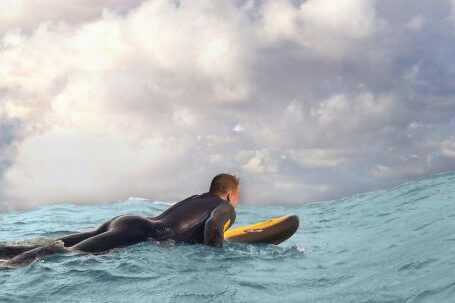When it comes to family vacations, there’s nothing quite like exploring the underwater world together through diving. However, it’s important to prioritize safety, especially when children are involved. Diving can be a thrilling and educational experience for kids, but it’s crucial to take certain precautions to ensure their safety. Here are some tips for safe family diving.
Choose the Right Destination
Before embarking on a family diving adventure, choose a destination that is suitable for children. Look for dive sites that offer calm and clear waters, with little to no currents. Additionally, check if the destination has dive operators with experience in catering to families. They will have the necessary equipment and expertise to ensure a safe and enjoyable experience for everyone.
Get Certified
If your child is old enough, consider enrolling them in a junior diving certification course. This will teach them the necessary skills and safety protocols to dive independently. Certification courses are available for children as young as ten years old, and they provide a solid foundation for safe diving practices. Make sure to choose a reputable diving school that specializes in teaching children.
Invest in Proper Equipment
When it comes to diving gear, it’s important to invest in equipment that fits properly and is suitable for children. Ill-fitting gear can be uncomfortable and even dangerous. Make sure your child’s wetsuit, mask, and fins are the correct size and provide a secure fit. Additionally, ensure that the equipment is in good condition and regularly maintained.
Practice Buddy System
The buddy system is a fundamental rule in diving, and it becomes even more crucial when children are involved. Always dive with your child as their buddy or assign them a responsible adult diving partner. Make sure that both you and your child understand and can communicate using hand signals. This way, you can easily convey important messages underwater and keep an eye on each other’s well-being.
Maintain a Safe Depth and Time Limit
Children’s bodies are still developing, and their lungs are smaller than those of adults. As a result, they are more susceptible to the effects of pressure changes. It’s essential to adhere to safe depth limits and time limits when diving with children. Keep dives shallow and limit the duration to ensure their safety. Follow the guidelines set by diving organizations, such as the Professional Association of Diving Instructors (PADI), for safe diving practices with children.
Be Mindful of Equalization
Equalization is the process of equalizing the pressure in the middle ear while descending in the water. Children may have difficulty equalizing due to their smaller Eustachian tubes. Teach your child proper equalization techniques, such as swallowing, yawning, or gently blowing through their nose with their mouth closed. Encourage them to equalize frequently during the descent to prevent discomfort or potential ear injuries.
Monitor Air Supply
Children tend to have higher air consumption rates compared to adults. Keep a close eye on your child’s air supply to avoid any unexpected situations. Encourage slow and relaxed breathing to conserve air. Additionally, establish a signal between you and your child to indicate when they need to surface due to low air or any other concerns.
In conclusion, family diving can be a wonderful experience that creates lasting memories. By following these tips for safe family diving, you can ensure that your children have a safe and enjoyable time exploring the underwater world. Remember to choose the right destination, get certified, invest in proper equipment, practice the buddy system, maintain safe depth and time limits, be mindful of equalization, and monitor air supply. By prioritizing safety, you can make family diving a truly unforgettable adventure for everyone involved.





